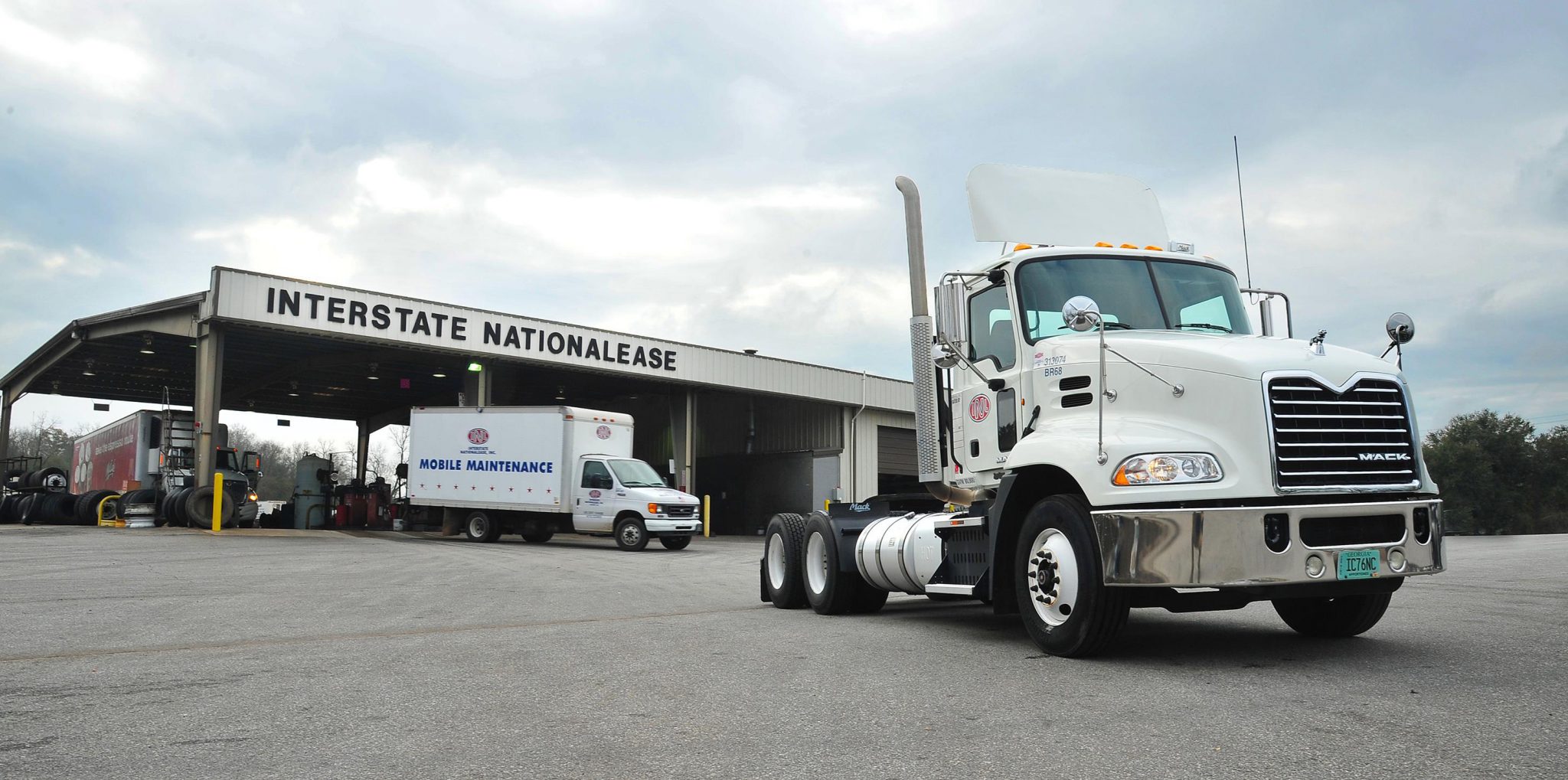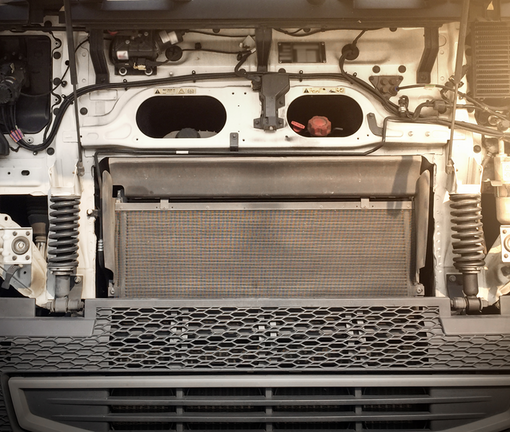Originally appeared in Fleet Owner
In the latter half of 2021 and throughout 2022, businesses were bemoaning the loss of workers due to voluntary resignations. A 2023 CNBC article reported that “about 50.5 million people quit their jobs in 2022, beating out the 47.8 million in 2021.”
With 100 million workers deciding to take the “grass is greener” approach to finding new jobs, businesses had to adjust how people worked. Remote and/or hybrid remote/office working became the norm for many organizations. As businesses reopened after the pandemic, it became clear that it was an employee’s market rather than an employer’s market, and companies needed to offer higher salaries and better benefits.
Businesses were well aware of this, as a December 2021 article in Forbes noted: “Over 81% of the participating senior-level executives from mid-to-large enterprises in the U.S. and U.K. said talent, not technology, is the No. 1 priority for business transformation.”
We are so used to hearing that technology will change everything that many have lost sight of a business’s most important asset: its people. Finding and retaining the best people was a significant barrier to growth. I say “was” because, according to every metric, The Great Resignation is over. A recent Fortune headline stressed that “The Great Resignation is officially done—and so are all those big raises, stark new data shows.”
Labor shortages are nothing new for the trucking industry
Unfortunately for our industry, labor shortages are an ongoing problem that The Great Resignation exacerbated. Even though that phenomenon ended for most industries, it still exists for us.
For a very long time, we have faced worrying shortages of drivers and technicians. From 2021–2022, we also lost workers in positions throughout organizations, those that could make a case for working remotely. As the job market returns to normalcy, those positions will likely get filled again. However, for drivers and technicians, the problems that have plagued the industry for so many years continue.
The Bureau of Labor Statistics notes: “Employment of heavy tractor-trailer truck drivers is projected to grow 4 percent from 2022 to 2032. About 241,200 openings for heavy and tractor-trailer truck drivers are projected each year, on average, over the decade.” Regarding diesel technicians, the Bureau estimates approximately 24,300 openings each year over the same period. It’s important to realize these are considered new job openings as business grows. This does not consider the replacement needs for drivers and technicians aging out of their careers. So, the need to recruit and retain these workers is essential.
Better results can come from better recruiting and retention practices
There are steps you can take to help ensure your company has the right number of qualified drivers and technicians it needs through both recruitment and retention practices. Businesses must nurture their existing workforce and create a sense of loyalty that will keep them from leaving.
- Push the point that this is a career, not just a job. Make it clear in your recruitment that your organization has room for advancement, ongoing training, and certifications. No one wants to be in what they perceive as a dead-end job.
- Look beyond your traditional demographic. Women comprise half the population, yet just a tiny percentage of drivers and techs. Veterans (both men and women) are also a great resource. Many likely have had certified trucking experience within the last five years. Appeal to both these groups where they live (whether that be social media, trades, etc.).
- Make the application process easy. If the application process is too burdensome, applicants may just decide to go elsewhere.
- Ensure compensation is competitive. Make sure your offer is competitive both in salary and benefits. Research to see what your competitors offer and try to match that.
- Acknowledge your existing workers. Some companies forget that their older, and probably most loyal, workers want the same opportunity to move forward and upward as their younger colleagues. Offer them training and development possibilities.
- Talk about technology. Today’s younger workers have grown up with technology and tend to look for jobs that utilize the latest advancements. This is true for potential drivers as well as technicians. Highlight the cutting-edge technology and equipment your fleet has.
These are just a sampling of the steps you need to take to attract and keep qualified workers. Whether The Great Resignation is over, our industry constantly faces The Great Shortage.





